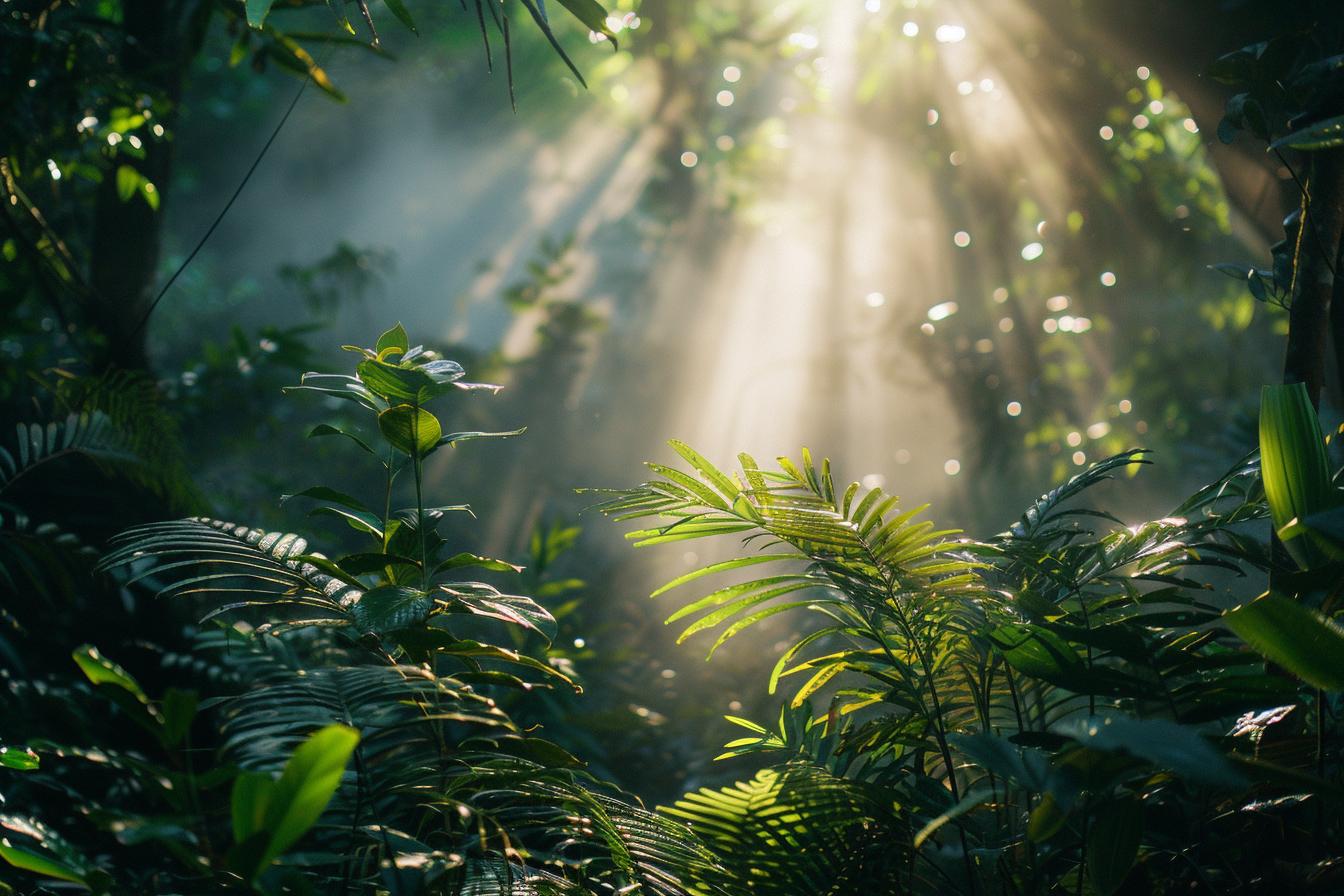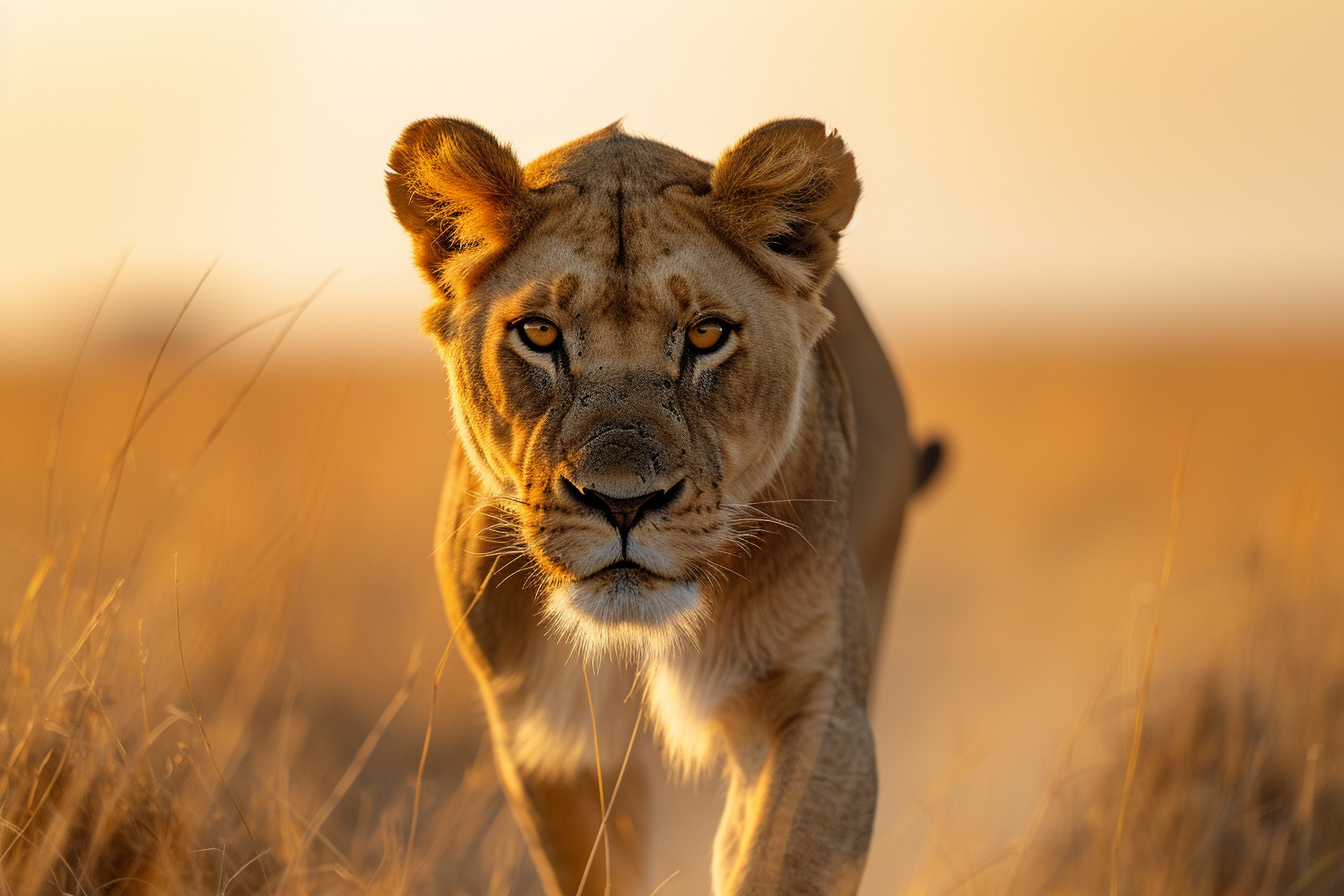Wildlife photography can be incredibly rewarding and impressive, drawing us into the natural world in ways that few other mediums can. Whether you are a seasoned photographer or just starting out, capturing the essence of the wild requires more than just luck. Here we delve deep into the techniques and strategies that can help you take stunning wildlife photographs.
Understand animal behavior
Getting to know your subject is essential. Spend time understanding the habits and behaviors of the animals you wish to photograph. By doing so, you increase your chances of predicting their actions and being well-prepared to capture that perfect shot. Research their active hours, feeding habits, and preferred habitat.
Location and timing
The right location makes all the difference. A deep understanding of the terrain and the best times of day for wildlife activity can significantly enhance your opportunities for a great shot. Early morning and late afternoon are often the best times, as the light is softer and animals are typically more active.
Gear and equipment

Quality equipment contributes to the technical excellence of wildlife photography. A camera with a fast autofocus system and high ISO performance is beneficial. Telephoto lenses are invaluable for wildlife photography, allowing you to get close-up shots without disturbing the animals.
Tripods and monopods
Stability is crucial when shooting with long lenses. A sturdy tripod or monopod can help reduce camera shake and fatigue during lengthy shooting sessions. Make sure your support system is versatile enough to quickly adapt to uneven terrain and varying shooting angles.
Composition and framing
Master the art of composition. The rule of thirds, leading lines, and the inclusion of environmental context can all make wildlife images more striking. Pay attention to backgrounds and attempt to frame the animal so that clutter is minimized, focusing the viewer’s attention on the subject.
Patience and persistence
Wildlife photography is not a race; it’s a marathon. Animals won’t always show up on schedule or pose as you’d like. Remaining patient and willing to wait for the right moment is often what separates the most captivating wildlife images from the rest.
Camera settings
Understanding your camera’s settings is paramount. Shutter speed, aperture, and ISO work together to create the exposure triangle. For wildlife, a faster shutter speed is usually preferable to freeze the action, while large apertures can provide pleasing background bokeh and help your subject stand out.
Manual vs. autofocus
Manual focus can be advantageous in certain scenarios, such as when shooting through foliage, but autofocus is often the go-to due to its speed and accuracy. Continuous or servo autofocus mode is particularly effective for tracking moving subjects.
Practice ethical photography
Responsible practices are non-negotiable. Avoid causing stress or harm to wildlife. Use telephoto lenses to keep a respectful distance, and never bait or call animals for a photo. As a wildlife photographer, your role is to document, not interfere.
Minimize your impact
Leave no trace. Make every effort to minimize your presence and the impact it has on wildlife. This means sticking to established trails and cleaning up any trash you encounter. Silent shooting modes and camouflaged clothing can also help you blend into the surroundings.
Lighting techniques
Light is everything in photography, and the use of it in wildlife photography can be particularly challenging due to the uncontrollable nature of the outdoors. Take advantage of the golden hours for warm, soft light. Backlighting can create a dramatic rim around subjects, while side lighting can enhance texture and depth.
Harsh light
In the middle of the day, the light can be harsh and unflattering. Using shadowed areas or a cloudy sky can provide a natural softbox effect. Alternatively, planning shoots around the weather forecast can ensure you’re out when conditions are most favorable.
post-processing
Natural doesn’t mean unedited. Post-processing is a crucial step in creating polished wildlife images. It allows you to adjust exposure, contrast, and color balance, as well as crop for better composition. However, it’s fundamental to retain the authenticity of the image.
Harness the power of raw
Shooting in RAW gives you the most data to work with during editing. RAW files allow for greater detail recovery in the highlights and shadows, which can be especially helpful with the varied lighting conditions prevalent in wildlife photography.
Develop a signature style
Finding your own photographic voice will set you apart. Experiment with perspectives, angles, and focus techniques to create a style that is uniquely yours. Photos that tell a story or convey emotion tend to resonate more with audiences.
Continuous learning
The landscape of wildlife photography is always evolving, both due to changing technology and ecosystems. Keep learning, whether it’s through reading, workshops, or talking with fellow photographers. Always strive to refine and improve your techniques.
Community and networking
Joining photography groups and forums can be invaluable. Share your work for feedback, gain insights from the experiences of others, and potentially collaborate on projects or outings.
Conservation and advocacy
Use your images for a greater purpose. Wildlife photography has the power to raise awareness about conservation issues and the importance of protecting natural habitats. Through your work, you can become an advocate for the species you photograph.
In summary
Mastering wildlife photography requires a blend of technical skills, creative vision, and ethical practices. By investing time to understand your subject, having the right gear, honing your skills, and practicing ethical photography, you can capture truly captivating images that tell the stories of our natural world. Remember to remain patient, respect wildlife, and continuously learn and adapt your techniques. With perseverance and passion, your photography can not only highlight the beauty of wildlife but also help in its preservation.
Wildlife photography, a field that combines artistry with adventure, beckons those willing to rise to its challenges. Armed with the tips outlined above, photographers of all levels can embark on this rewarding journey, creating images that celebrate the beauty and diversity of wildlife around us. It is an endeavor that constantly teaches us about nature, our planet, and ultimately, ourselves.


Leave a Reply